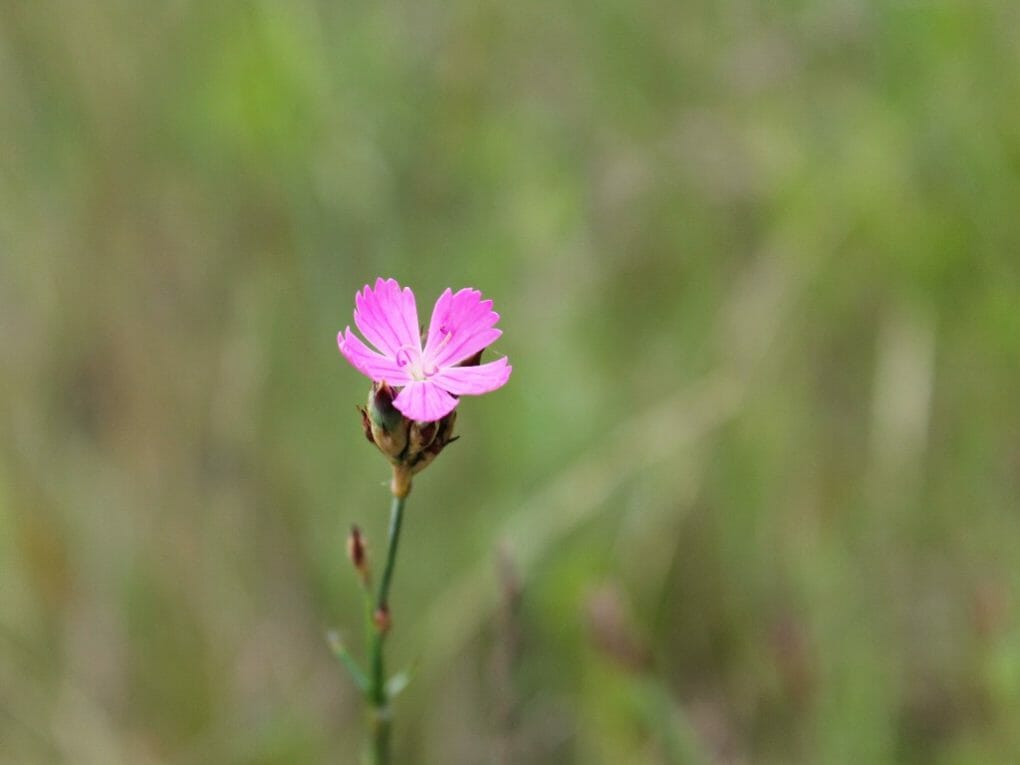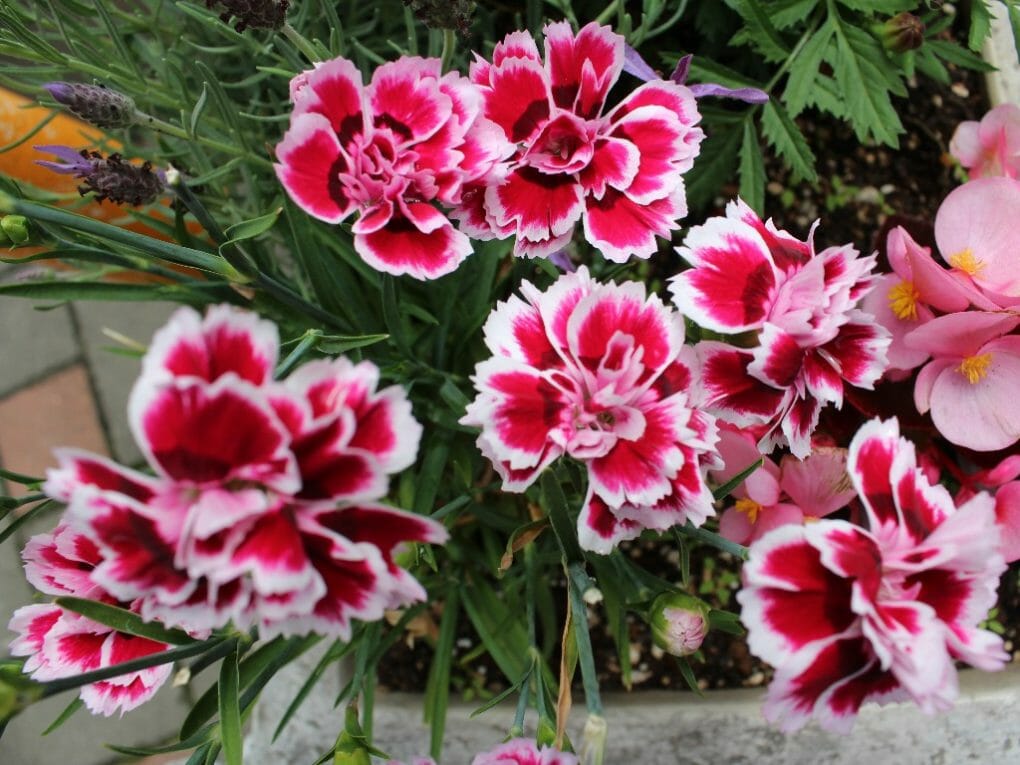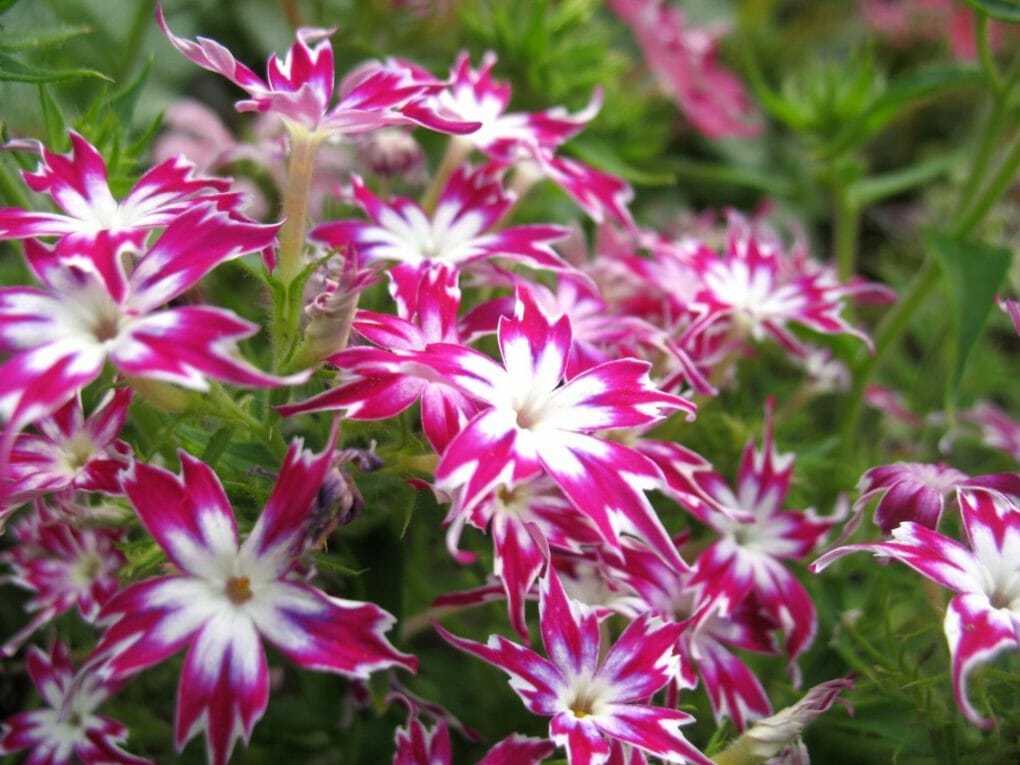How to Plant Carnation? 3 Ways to Plant Carnation

You can plant carnations by seed, from cuttings and division. These versatile plants are low-maintenance and can be planted in various soils and climates. Start by sowing the seeds indoors two weeks before your desired planting date to plant carnations. Make sure to water them regularly and fertilize them once they germinate. Once the plants are large enough, transplant them into garden soil and keep them watered until the flowers appear. When the flowers fade away, you can trim off the stems. Well, that’s just a brief overview. In this article, we’ll show you a deeper look at how to plant carnation flowers and give tips on caring for them. Whether a beginner or an experienced gardener, this guide will help you get the most out of your carnation plants. We hope you enjoy it!
Table of Contents
3 Ways to Plant Carnation
By Seeds
To plant carnation seeds, loosen the soil around them and fill a planting container with fresh soil. Water the seeds well and cover them with soil. Place in a warm spot and mulch lightly to keep moisture in. Carnation flowers will appear after about 7-10 days. To transplant seedlings, carefully remove the pot from the ground, being careful not to damage roots if any exist, wash off excess dirt if desired, and transfer into another pot of suitable size filled with fresh compost or garden mix, watering thoroughly before planting back out; set at least two inches away from anything else you want to bloom.
Seeds should be planted in the early spring. For the best outcomes, make sure the soil is damp but not soaked. Plant the seeds at a distance of about 12 inches (30 cm). Place a layer of soil about a quarter of an inch (0.6 cm) thick over the top. Intense patting is required. The seeds can be kept moist by misting them at regular intervals. In two to three weeks, you should see the seeds sprout.
From Cuttings
Remove the flowering tops from a strong carnation stem. The ideal number of leaf nodes at the tips is two or three. Take off a piece of the stem right below a leaf node. Leaves on the lower half of the stems should be lopped off.
Put coarse sand into a pot for planting. Wet it down completely. Use the same procedure for each stem. A third to a half of the stem should be pushed into the sand. Remove any leaves that are resting on the ground. Put the pot where it will get a lot of light but not direct sunlight. Maintain the sand’s moisture level daily with a spray bottle.
After a month, you can carefully pry the cutting out of the sand with a trowel. Transplant it to potting soil in a pot or a sunny garden location.
By Division
An old carnation plant can be given new life by being divided into several smaller plants. Tear the flower patch apart by digging and separating the plant parts (with your hands or garden tools). Replant the cuttings as you would a new perennial or annual, taking care to give them plenty of water. Carnations need this maintenance every two to three years.
The carnation clump that needed to be dug up was probably there for a long time. Remove the individual plant parts. You can insert your hands or two gardening forks into the plant’s center. It’s time to replant everything that was cut and ample water supply.
Growing In Pots

The carnations should be replanted into large pots that can accommodate several plants. These planters need bottom drains, stat. Put in some well-drained soil to fill them up.
Make a few shallow holes in the bottom of the container for the roots to grow into. A standard ten-inch pot can accommodate three to five carnations.
The carnations should only be pruned once they have at least ten leaf pairs. Then, cut off the top six sets to encourage new carnation growth.
If you water the plant, ensure none of the water lands on the leaves. Fungi issues may arise as a result of this.
Once a week, use a half-strength solution of 20-20-20 all-purpose plant food on the carnations. Do not feed the carnations anymore this winter. Pack soil around the stems to keep the carnation’s root crown above ground.
Carnation Care
Dianthus requires little effort on your part to nurture into bloom. Because it is not quite as cold-hardy as other dianthus varieties, carnation thrives best in USDA hardiness Zones 7 to 10. Despite the common misconception that dianthus is annual, they can provide years of bloom and fragrance in the right conditions. Their vivid hues and low maintenance needs make them a great addition to any cottage garden. The ability to guarantee further blooming later in the season is facilitated by deadheading after the initial bloom. They thrive without mulch, but if you must, use a natural mulch rather than one dyed. Although rabbits are unlikely to damage carnations, they may enjoy nibbling on the leaves.
Soil
Carnations thrive in alkaline, or “sweet,” soil with good drainage. Calcium, magnesium, and sodium are typically found in slightly higher concentrations in alkaline soil.
Carnations grow best in rich soil that drains well. The best soil for plants is a pH range from neutral to alkalines, like chalk or loam. Because the plant can survive without much care or watering, it is popular with people just starting gardening. Adding lime to acidic soil before planting carnations will help the flowers thrive.
But it will only grow well if the soil drains well. Because of this, it’s best to add horticultural grit or sand to your soil to help it drain better if you garden in an area with heavy clay soil or a high water table where the soil is likely to get wet and compacted in the winter.
Light
Though they thrive in direct sunlight, carnations will still prosper in dappled shade. Carnations with vivid colors may have their petals bleached by the afternoon sun. Plant your carnations where they will receive morning sun rather than afternoon sun.
Water
Even though carnations can withstand dry conditions for extended periods, they still require consistent moisture beginning in the spring when their flower buds are developing. The summer heat can make them thirsty, so give them a drink whenever possible and plant root zone hydration. Don’t overwater; the leaves will turn yellow, and the petals will droop or fall off the flowers.
Temperature and Humidity

Although carnations thrive in moderate heat, they will wither in high temperatures. They thrive in dry conditions. However, in extremely hot weather, a light misting with cool water every once in a while might help.
If ingested, carnation leaves can cause mild toxicity in cats, manifesting as vomiting and diarrhea. Your cat might throw up more than once if it ate a large amount of the plant. Mild dehydration and loss of appetite are possible side effects of vomiting, but they usually go away after a few hours. See to it that clean water is readily available. In addition, carnations contain compounds that can cause mild skin irritation, which could lead to redness or swelling around the mouth area if your cat eats them. If your cat has more severe symptoms or is still sick after 8 hours, you should take it to the vet. Carnation poisoning causes skin irritation and stomach upset in canines.
Pruning
The best way to extend the blooming season of carnations is to cut off the spent flowers. This saves nutrients for new blooms. When flowers are dead, this should be done often. Most types do well with good pruning after they bloom. This helps the plant grow new leaves and maybe bloom again later in the season.
Propagation
Anyone who wants to grow their collection can easily split up perennial plants. Carnations can also be spread by tip cuttings or by putting them on top of each other.
Seasonal Safety Measures
When the ground freezes in the winter, carnations may do better with a thin layer of mulch at the base. For this, you can use things like leaf mold or decomposing wood chips.
